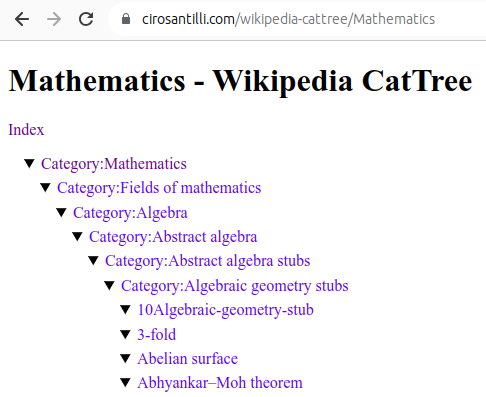The Planck's law paper.
Here we list public domain academic papers. They must be public domain in the country of origin, not just the US, which had generally less stringent timings with the 95 year after publication rule rather than life + 70, which often ends up being publication + 110/120. Once these are reached, they may be upload to Wikimedia Commons!
- 2018
- Max Planck's works in Germany (1947 + 70)
- 2026
- Albert Einstein's works in Germany (1955 + 70)
- 2031:
- Max von Laue's works in Germany (1960 + 70)
- 1912: Interferenz-Erscheinungen bei Röntgenstrahlen (Interference phenomena in X-rays). Scan: archive.org/details/sitzungsberichte1912knig/page/n393/mode/2up. Clean upload: archive.org/details/interferenz-erscheinungen-bei-rontgenstrahlen
- Max von Laue's works in Germany (1960 + 70)
- 2032:
- 2042
- 1927: www.nature.com/articles/119558a0 The Scattering of Electrons by a Single Crystal of Nickel. (1971 + 70), Germer's death. Scan: archive.org/details/sim_nature-uk_1927-04-16_119_2998/page/554/mode/2up. Clean upload: archive.org/details/the-scattering-of-electrons-by-a-single-crystal-of-nickel. The Davisson-Germer experiment!
- 2049
- 1922 Stern-Gerlach experiment papers such as The experimental proof of directional quantization in the magnetic field. Stern died in 1969, Gerlach died in 1979, so 1979 + 70
- 2056
- 1961 Experimental Evidence for Quantized Flux in Superconducting Cylinders. Published in the US, so 1961 + 95.
Ciro Santilli has enjoyed doing projects dealing with with lots of data! They usually have a large overlap with Ciro Santilli's naughty projects, but not always!
This mini-project walks the category hierarchy Wikipedia dumps and dumps them in various simple formats, HTML being the most interesting!
£112.99
Buying October 2023 as an immediate backup phone after the Google Pixel 3a (2020) touchscreen died, and Motorola Moto G6 Play (2018) wouldn't connect to giffgaff.
Still working checks: May 2024.
www.gsmarena.com/motorola_moto_g6_play-9002.php Upgradable to Android 9.
2023-10: unable to connect to Giffgaff. "Network unavailable". Same SIM works in other phones. So annoying. Update APN to match: www.giffgaff.com/help/articles/internet-apn-settings-guide. Went next to a tower and then got signal. So the receiver is much worse than the pixel one. Vibration appears to be broken.
December 2023: found the keys for the Kryptonite Kryptolock and the Abus in the house, so now I've got backup!
2023 lost one of the two keys to Kryptonite Kryptolock and to the Abus padlock:
- rebuying cryptonite, seems exactly the same. If the old key is ever found, it can re-enter usage.
- replacing Abus padlock buying a similarly featured Master lock "commercial" padlock, looks like this one: www.screwfix.com/p/master-lock-excell-laminated-steel-master-keyed-weatherproof-padlock-51mm/153KH
2018 Kryptonite Kryptolock. Looks like: www.kryptonitelock.com/en/products/product-information/current-key/002031.html Includes Transit Flexframe-U Bracket carrier
2017 Abus Sinus Plus 471/150 HB U-lock. Sample seller with image: www.lockshopdirect.co.uk/products/abus-sinus-plus-471-d-lock-230mm-shackle-62620/
Social media feed that forces you to see posts by non-followed by  Ciro Santilli 37 Updated 2025-07-16
Ciro Santilli 37 Updated 2025-07-16
During the early 2020s, many of the idiotic social media platforms started adding a non optional "feature" of suggesting feed posts by people you don't follow:
It must have been some A/B testing overload that made that decision to try and make things more addictive for everyone. Or perhaps as a way to drive revenue with people paying to cheat the algorithm and boost their posts.
European Union we need you.
Under: graphviz.
Unlisted articles are being shown, click here to show only listed articles.

